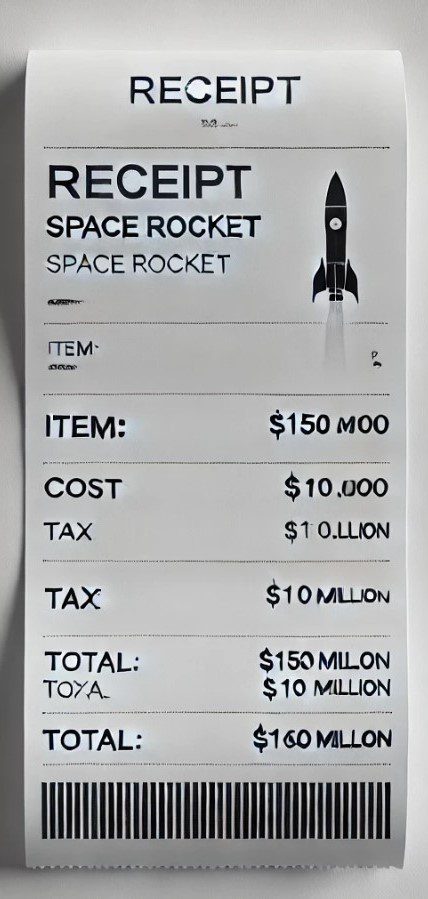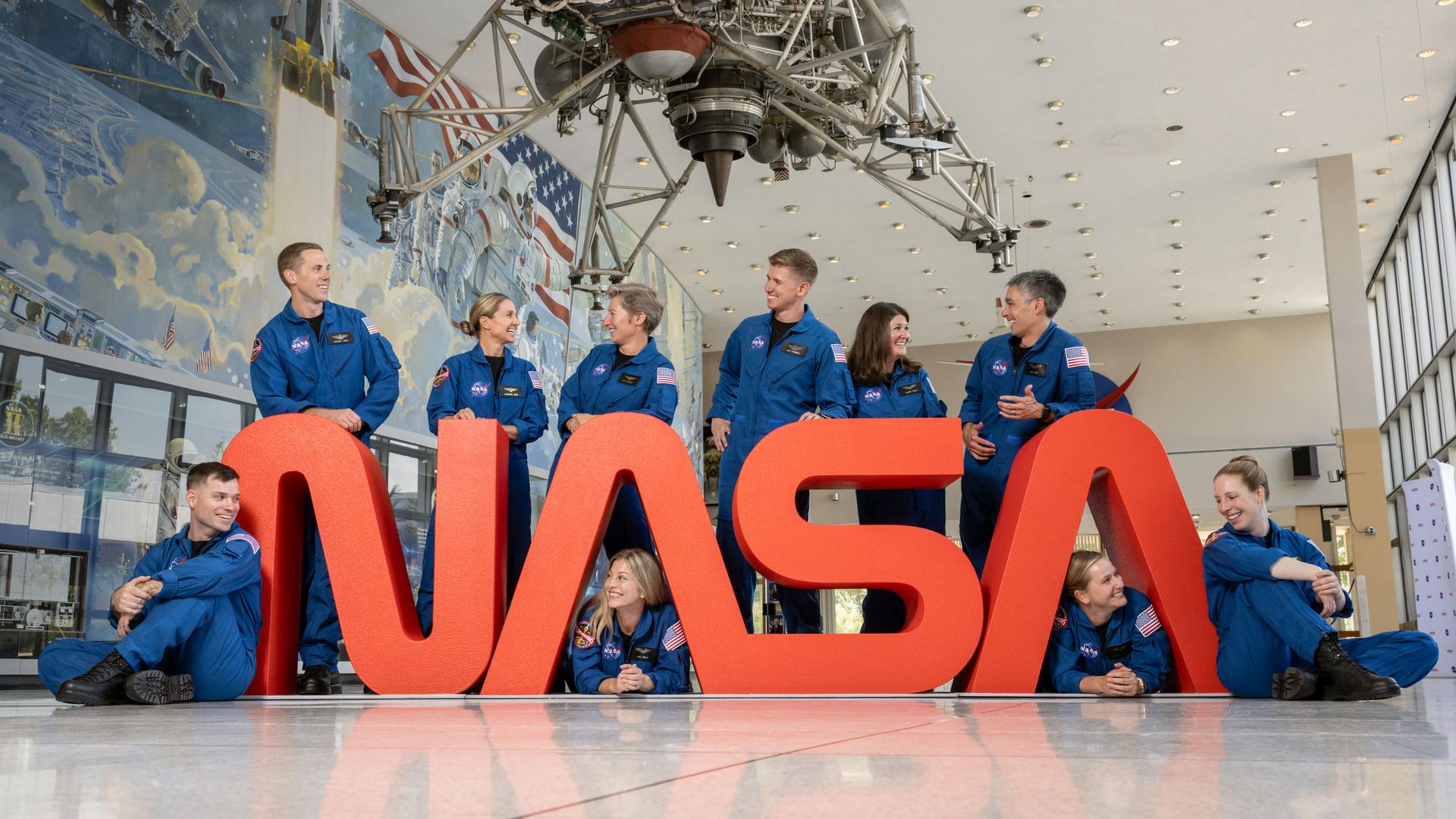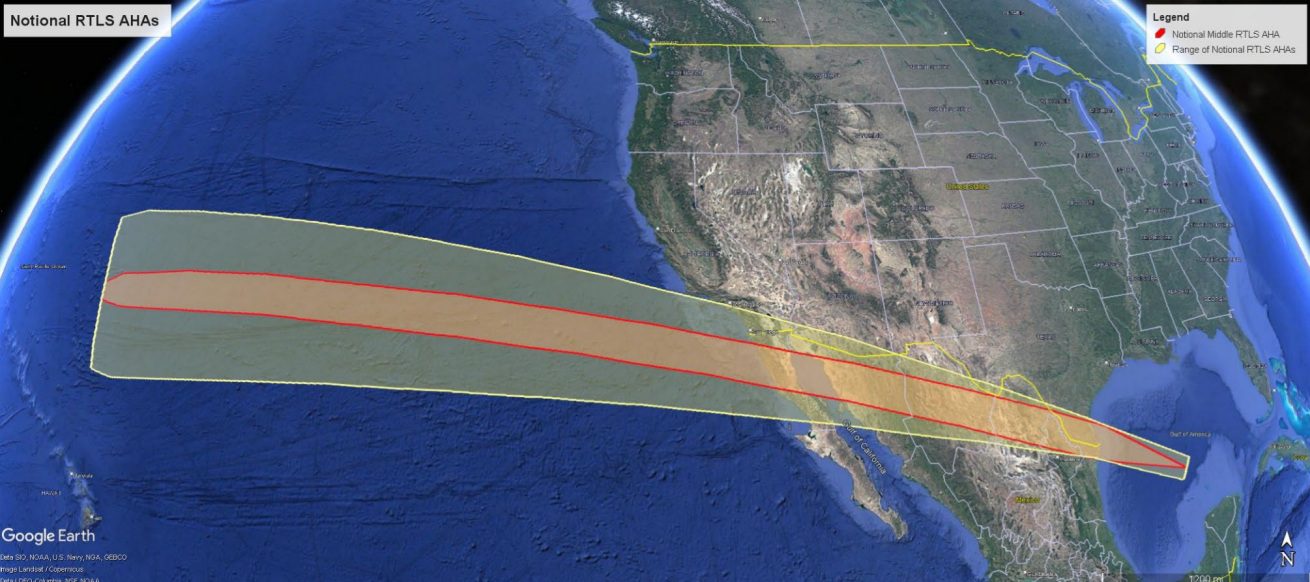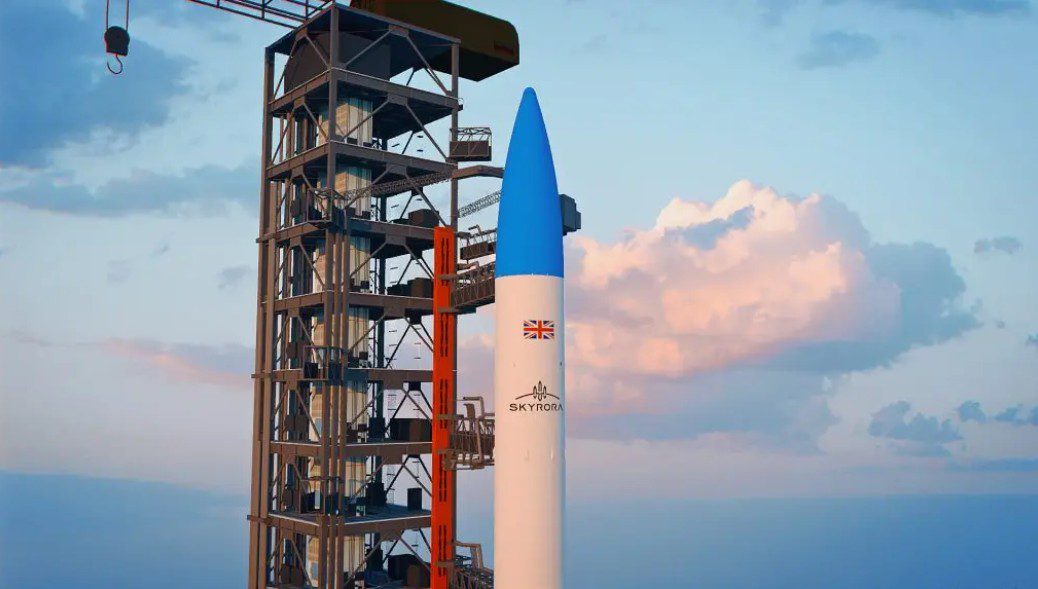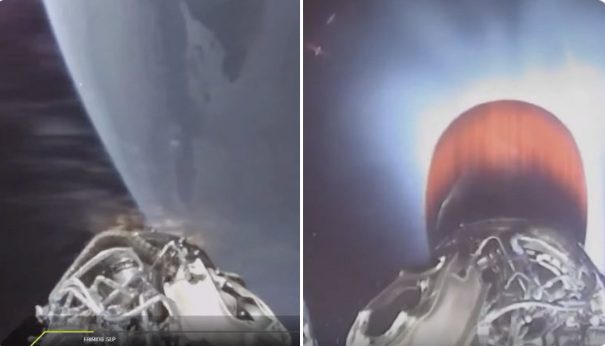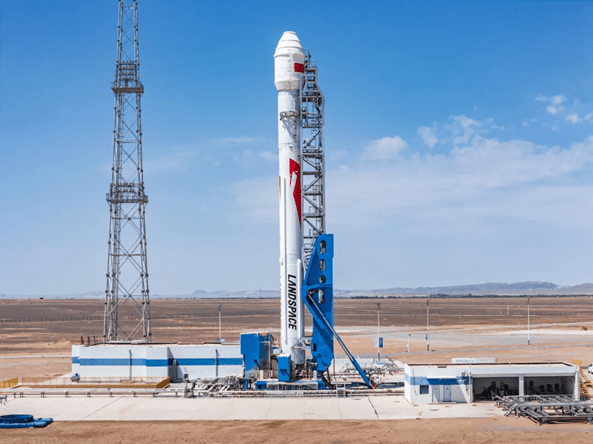A SpaceX Falcon 9v1.2FT expendable rocket lifted off from Launch Complex 39A, Kennedy Space Center, at 0600 GMT on 16 March. The launch marks the third launch of the year for SpaceX who are still trying to get back on track after their on-pad explosion in September last year. The launch was on behalf of EchoStar Satellite Services, carrying the ECHOSTAR 23 communications spacecraft to Geostationary Transfer Orbit (GTO), from which orbit it can use its own engines to propel itself to a circular Geostationary Orbit (GEO).
The mission suffered many delays after its initial February launch was postponed in favour of the ISS-resupply mission, Dragon CRS-10. It then went on to suffer a glitch during its pre-flight static fire test which delayed it further until it was finally scheduled for 14 March, but then had to be delayed after high-altitude strong winds were deemed potentially hazardous to the mission. These winds continued to be an issue on launch day delaying lift off by 25 minutes.
Unlike other Falcon 9 missions, this rocket was never intended to land back to Earth. The considerable mass, circa 5,600 kg, of the spacecraft required SpaceX to use the rockets’ total propellant load in an expendable legless configuration to launch it, meaning there was no way a landing could be attempted.
The launch marked a technical milestone for the Falcon 9, as it saw the last use of a manual destruct-command system, which involves an Air Force range-safety officer monitoring the rocket and making the decision to destroy it if it shows signs of deviating from its course. All future Falcon 9 rockets will replace the manual system with an on board AFSS (Autonomous Flight Safety System), which will utilise positioning, navigation and timing sources coupled with a decision matrix to control the destruction system.
The AFSS has undergone multiple tests and first flew as the primary range safety system on the 19 February Dragon CRS-10 launch to resupply the ISS.

